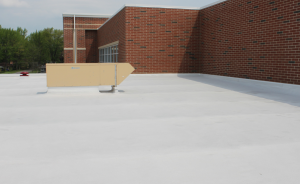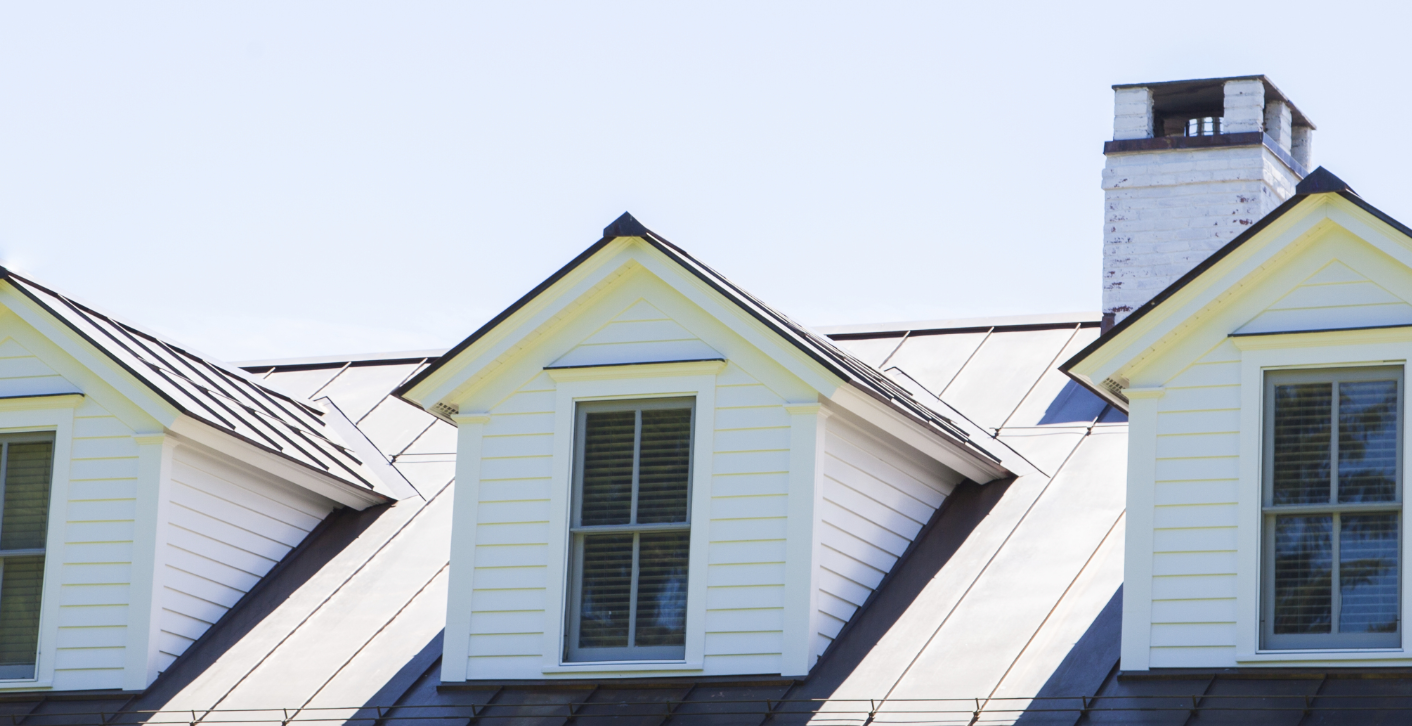The 9.7-acre new roof achieved a final 2.5-inch thickness of 3-pound closed-cell foam. The entire roof was top coated with 46 mils of spray-applied white elastomeric polyurethane in four passes. The new SPF roof, directly adhered to the metal decking, eliminates moisture and fasteners, as well as provides an air barrier.
Closed-cell foam strengthens a building from water damage, as well. The foam is impermeable to moisture, protecting the structure from any number of water-related damages, including mold, mildew and rot. The material may be cleaned and dried. Because of this, the Washington, D.C.-based Federal Emergency Management Agency has classified it as a flood-damage-resistant material.In addition, SPF can withstand hail. A survey conducted by the National Roofing Foundation, Rosemont, Ill., studied the effects of hail on SPF roofs. The organization surveyed 140 roofs, ranging from new to 27-years old, and found when an SPF roof incurs hail damage, it is usually localized in the upper surface of the foam. Leaking typically will not result and the damaged roof will likely just need minor repair, rather than full replacement.
AIR BARRIER AND THERMAL INSULATION
Spray foam acts as an excellent air barrier in buildings, sealing seams and air leaks, preventing drafts from coming through the roof. Because a roof can be a major source of energy loss, using SPF for air sealing creates better indoor air temperature control and a more comfortable indoor environment.
The insulating and sealing qualities of SPF keep a structure cooler in warmer periods and warmer in cooler periods. Especially beneficial in extreme-weather climates, this temperature control reduces energy needed to heat and air condition the building and subsequently reduces the energy costs during the entire life of the roof.
Air quality inside structures with SPF roofs and insulation also is optimized. Foam creates an air barrier that not only helps to eliminate drafts and energy loss, but also dramatically reduces the flow of dust, pollen, insects and allergens into the building–something of great importance to anyone who suffers from allergies. This air barrier also dramatically reduces sound transmission.
An SPF roof not only protects the structure underneath, but also strengthens the building, provides energy efficiency and savings benefits, improves air quality, resists severe weather damage and is versatile. With durability and long life span to boot, SPF is a high-quality roofing solution to consider for residential and commercial applications in any region.
PHOTOS: Spray Polyurethane Foam Alliance




It’s an excellent application for a saturated 20-25 year old torch-on roof system. It has it’s own insulation build into the product spray. After it’s installed a sealer coating is recommended though.
I’ve never hear about SPF before! It’s so cool how durable and lightweight it is! I’ve never really considered much regarding my roofing, but I think that after reading this, I’d like to invest in it now! Especially because the weather has gotten crazier in the past year. So you can never be too careful, especially when it involves your family.